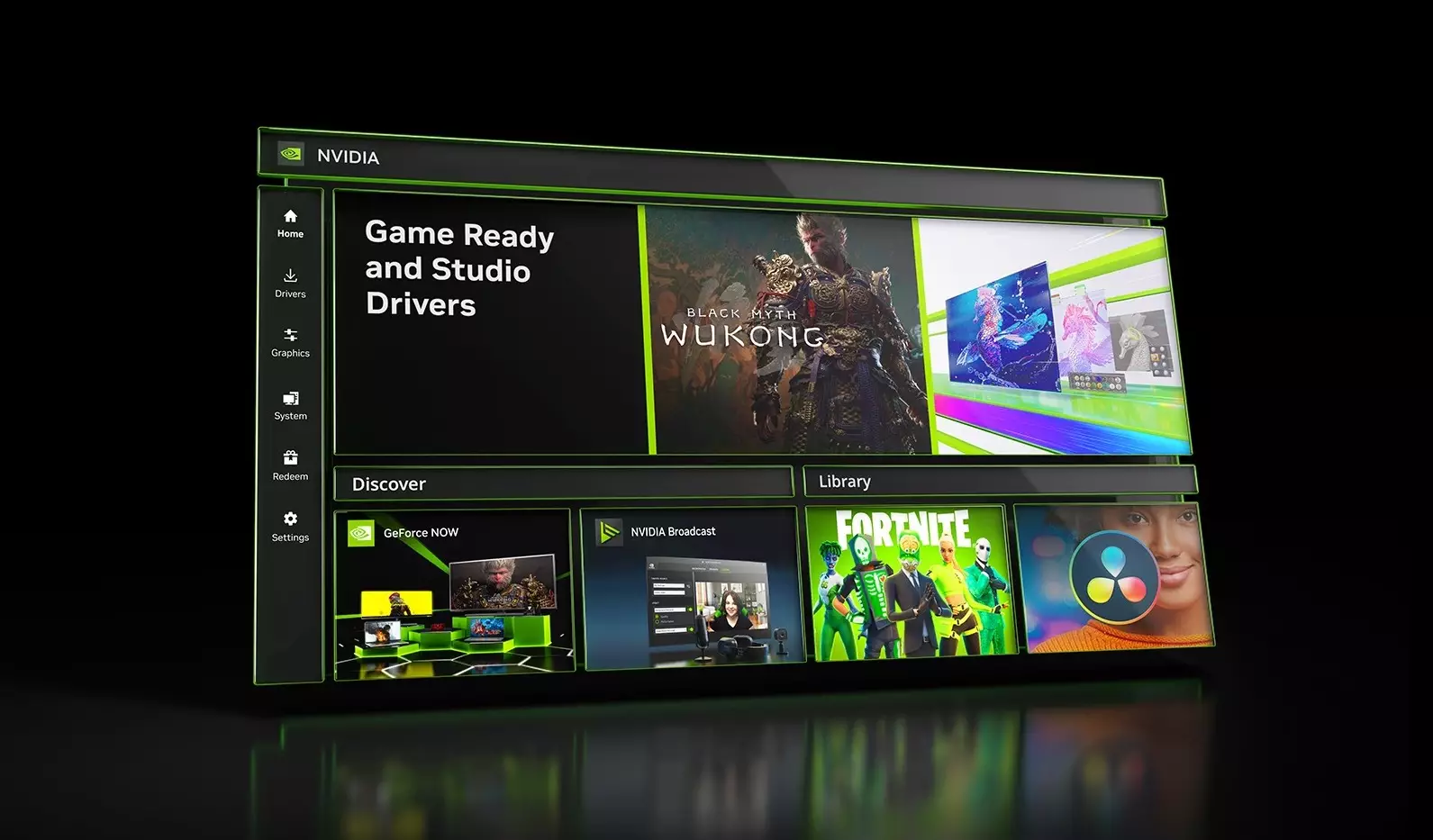In the volatile realm of PC gaming, stability and performance are paramount, yet Nvidia’s recent series of driver updates raises a compelling question: are we witnessing a genuine effort to enhance user experience or merely a struggle to address persistent issues? Recently, Nvidia rolled out its third hotfix driver, version 576.26, shortly after the 576.15 release, aiming to tackle glitches primarily rooted in its latest RTX 50-series graphics cards. As users plunge into titles like Black Myth: Wukong and Red Dead Redemption 2, they encounter a cascade of problems that not only challenge gameplay but also raise concerns about the reliability of Nvidia’s quality assurance processes.
The Wave of Updates: Are Hotfixes the Answer?
The term “hotfix” suggests urgency and necessity, yet it often feels like a double-edged sword. Nvidia’s historical propensity for rolling out hotfixes rather than polished WHQL-certified drivers reflects a pressing need to remedy immediate concerns in the face of an ever-expanding gaming landscape. With version 576.26 addressing ten additional known issues—including LG monitor compatibility and GPU temperature discrepancies after sleep mode—one might wonder if this frantic pace of updates signifies a lack of thorough initial testing.
As gamers navigate the intricate pathways of performance optimization, the persistent need for hotfixes hints at underlying organizational oversights. The complaints filtering through the Nvidia feedback threads illustrate a troubling reality; while some users celebrate fixes like improved connectivity via DisplayPort 2.1, others remain affixed to crashing glitches in popular games like Horizon Forbidden West. Such mixed feedback renders the notion of a seamless driver update a distant ideal rather than a present possibility.
User Experience or User Frustration?
It’s crucial to consider the user experience within this narrative. On one hand, the access to immediate fixes reflects Nvidia’s responsiveness, yet it also serves as a reminder of the potential chaos inherent in relying on beta software. Many users express legitimate frustration, often caught in a loop of hope and disappointment as they alternate between updates without consistent resolution. This sense of unpredictability likely diminishes confidence in Nvidia’s ability to deliver a dependable product. The juxtaposition of rapid fixes versus the gradual emergence of widespread stability paints a picture of a company striving to appease its community while grappling with mounting pressures.
Additionally, the accessibility of hotfixes poses another challenge. While the Nvidia App retains its traditional offerings—like the earlier 576.02 driver—users are required to actively seek out these hotfixes instead of having them integrated seamlessly into their update experiences. This piecemeal approach can alienate less tech-savvy users, casting a shadow on a company known for its innovative approach to graphics technology.
The Quality Assurance Quandary
The crux of the matter lies within Nvidia’s quality assurance protocol—or, arguably, the lack thereof for hotfixes. The claim that hotfixes undergo a “much abbreviated QA process” indicates an acceptance of potential risks, suggesting that expedience trumps exhaustive testing. While this strategy certainly expedites fixes to an eager user base, it raises concerns about long-term reliability. Hotfixes are, by nature, temporary solutions designed to mitigate immediate user dissatisfaction. However, they expose the company to ongoing scrutiny about its overarching quality control methods.
As hotfixes continue to be a frequent occurrence within Nvidia’s driver ecosystem, it’s essential for consumers to weigh the implications. Are these band-aid solutions enabling better performance, or do they invite new issues necessitating even more fixes down the line? Gamers looking for consistent performance are right to feel exasperated by the very issues these updates are designed to rectify.
Looking Toward a Stable Future
Despite the current tumult surrounding Nvidia’s hotfixes, there lies a glimmer of hope. Eventually, the existing updates will coalesce into a newer, more robust driver release—an idea Nvidia confirms on its support page, suggesting that future versions will encapsulate the numerous fixes sprinkled across the recent hotfixes. However, until that day arrives, the onus lies on Nvidia to develop a more sustainable approach to driver management and quality assurance, ensuring that the gaming community can enjoy a seamless experience worthy of modern expectations.

